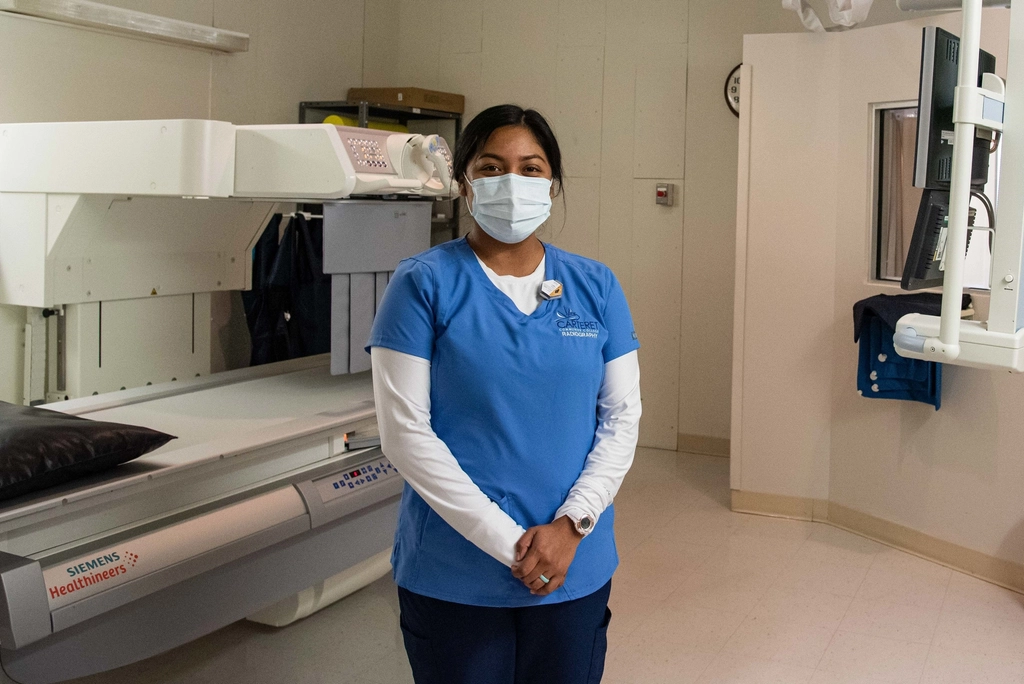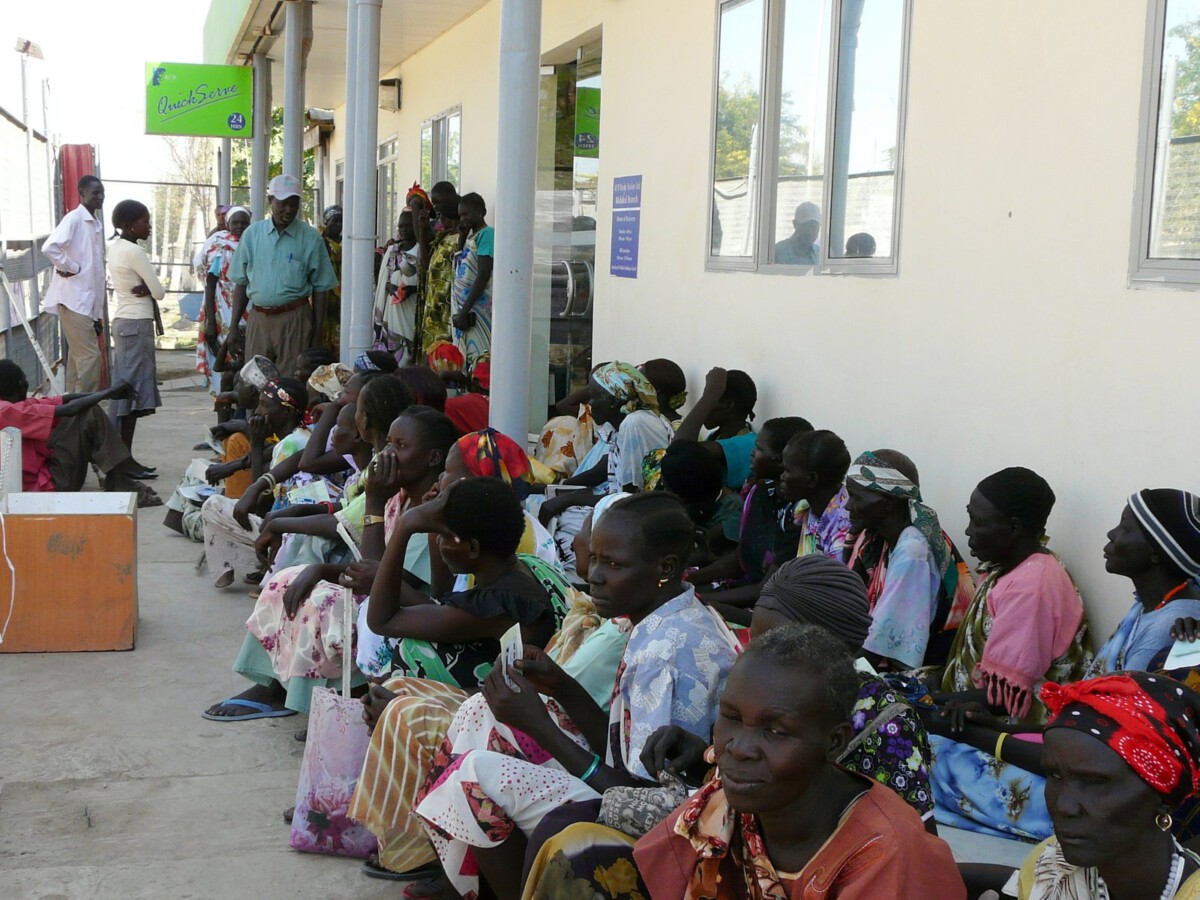The Historic Announcement That’s Changing Healthcare Education
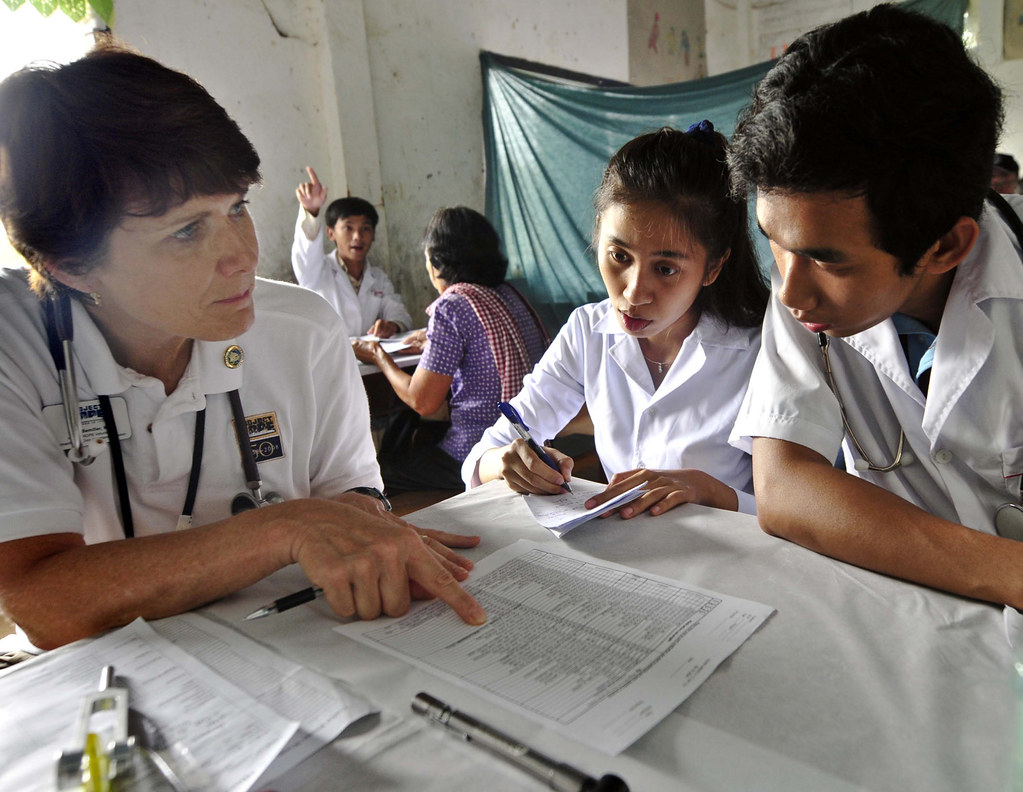
Governor Kathy Hochul made waves in the healthcare sector when she announced a groundbreaking initiative to provide free college tuition for nursing students across New York State. This program represents the largest investment in nursing education that the state has ever undertaken, with an initial budget allocation of $125 million over three years. The announcement came during a critical nursing shortage crisis, where New York hospitals reported vacancy rates exceeding twenty percent in many facilities. Healthcare administrators across the state praised the move as a game-changer for addressing staffing shortages that have plagued the industry since the pandemic.
Understanding the Nursing Shortage Crisis in New York
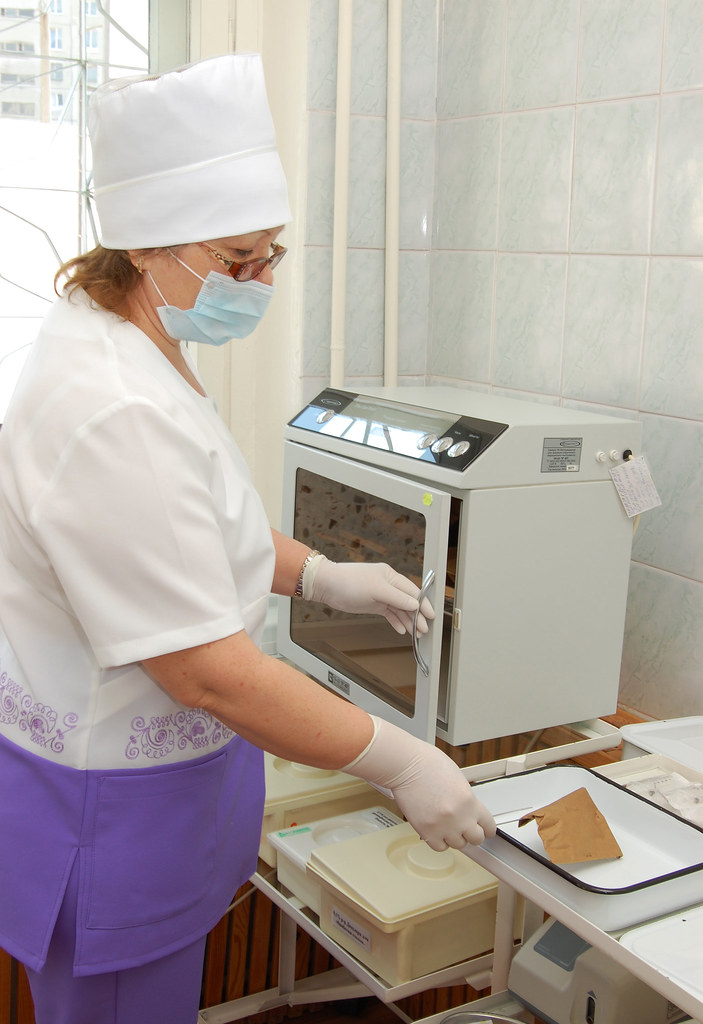
New York currently faces one of the most severe nursing shortages in the nation, with over fifteen thousand vacant nursing positions statewide as of early 2024. The American Nurses Association reported that roughly one in five nurses plan to leave their current position within the next year, creating an unprecedented workforce crisis. Many hospitals have been forced to rely heavily on expensive traveling nurses, with some facilities spending up to three times their normal staffing budgets. The shortage has led to increased patient wait times, delayed procedures, and burnout among existing nursing staff who are working mandatory overtime shifts.
Eligibility Requirements for the Free Tuition Program

Students must be New York State residents for at least twelve months prior to application to qualify for the program. Applicants need to maintain enrollment in an approved nursing program at a participating New York college or university, whether pursuing an Associate Degree in Nursing (ADN) or Bachelor of Science in Nursing (BSN). The program requires students to maintain a minimum GPA of 2.5 throughout their studies and complete their degree within the standard timeframe for their chosen program. Additionally, recipients must commit to working in a New York healthcare facility for a minimum of two years after graduation, with specific provisions for rural and underserved areas requiring extended commitments.
Income Limits and Financial Criteria

The program sets household income limits at $125,000 annually for families, aligning with existing state financial aid programs like the Excelsior Scholarship. Students from families earning above this threshold may still qualify for partial assistance through a sliding scale system that reduces benefits gradually up to $150,000 in household income. The application process requires submission of federal tax returns and FAFSA documentation to verify financial eligibility. Independent students under age twenty-four must meet specific criteria to qualify based on their own income rather than their parents’ financial status.
Which Schools and Programs Are Included

The initiative covers tuition costs at all State University of New York (SUNY) and City University of New York (CUNY) institutions offering accredited nursing programs. Private colleges and universities that meet specific criteria and agree to tuition caps are also eligible to participate in the program. Currently, over sixty nursing programs across the state have been approved for participation, including community colleges offering two-year ADN programs and four-year universities with BSN tracks. The program also extends to accelerated nursing programs designed for students who already hold bachelor’s degrees in other fields.
Application Process and Important Deadlines

Applications open each January for the following academic year, with priority deadlines typically falling in early March. Students must complete both the standard college application process and a separate nursing scholarship application through the New York State Higher Education Services Corporation. The application requires essays detailing career goals, community service experience, and commitment to serving New York’s healthcare needs. Late applications may be considered on a space-available basis, but early submission significantly improves chances of receiving full funding.
Work Commitment Requirements After Graduation

Graduates must fulfill a two-year work commitment at approved New York healthcare facilities, including hospitals, nursing homes, community health centers, and home healthcare agencies. Students who choose to work in designated health professional shortage areas or rural communities may have additional loan forgiveness opportunities beyond the free tuition benefit. Those who fail to complete their work commitment must repay the scholarship funds, typically with interest calculated from the date of graduation. The state maintains a database of approved employers and helps connect graduates with suitable positions that fulfill their service requirements.
Additional Benefits Beyond Free Tuition

The program includes mentorship opportunities connecting nursing students with experienced professionals in their field of interest. Students receive priority consideration for paid internships and clinical placements at major New York healthcare systems. Career counseling services help participants navigate specialty certifications and advanced practice opportunities after completing their initial work commitment. Some participating institutions also offer housing assistance and textbook vouchers to further reduce the financial burden on nursing students.
Impact on New York’s Healthcare System

Healthcare economists project that the program could add over five thousand new nurses to New York’s workforce within the next five years. Early data from the program’s pilot phase shows that nearly ninety percent of participants remain in New York after completing their work commitments, suggesting long-term retention benefits. Hospital administrators report improved staff morale and reduced turnover rates in facilities where program graduates are employed. The initiative is expected to save the state’s healthcare system millions in recruiting and training costs while improving patient care outcomes.
Comparison to Similar Programs in Other States
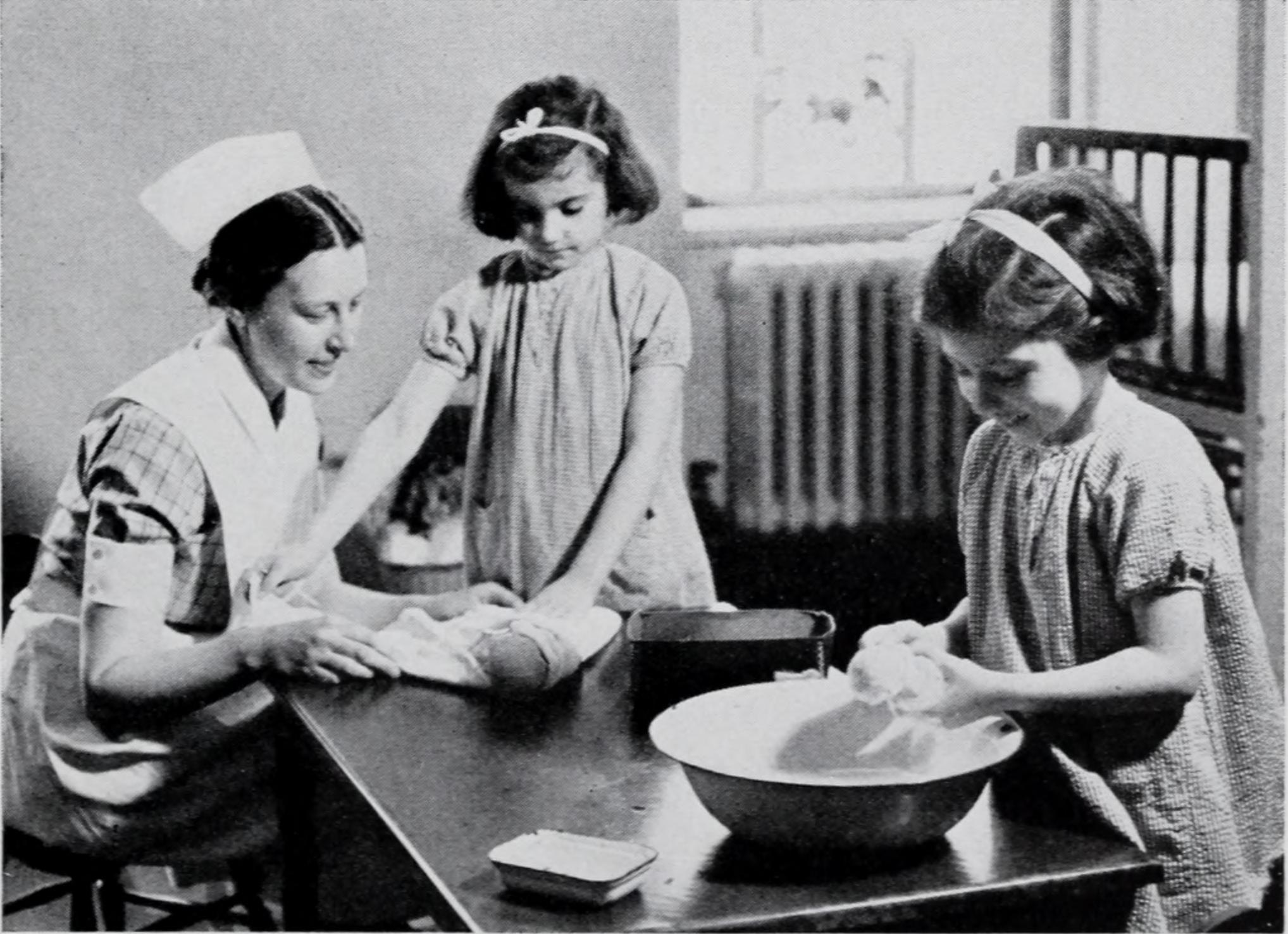
New York joins a growing number of states offering financial incentives to address nursing shortages, but its program stands out for its comprehensive scope and funding level. California’s nurse scholarship program provides up to $10,000 annually but serves fewer students, while Texas focuses primarily on rural nursing positions. Florida recently launched a similar initiative but limits eligibility to students pursuing bachelor’s degrees only. New York’s approach of covering full tuition regardless of degree level makes it one of the most generous programs nationwide.
Challenges and Potential Obstacles
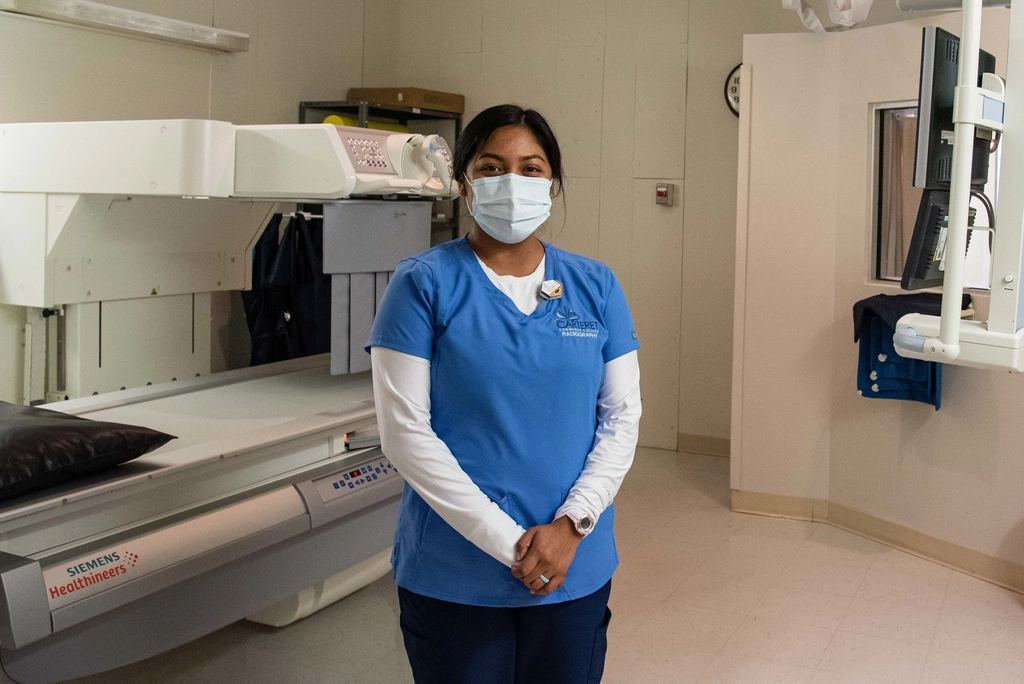
Limited clinical placement sites remain a significant bottleneck that could restrict program growth even with increased funding for tuition. Some nursing schools worry about their capacity to accommodate a surge in applications without compromising education quality. Rural healthcare facilities express concerns about their ability to provide adequate supervision and mentoring for new graduates fulfilling their work commitments. Administrative challenges in tracking work commitments and ensuring compliance across diverse healthcare settings require ongoing attention and resources.
Long-term Goals and Future Expansion Plans

State officials plan to evaluate the program’s effectiveness after three years and potentially expand eligibility to include advanced practice nursing degrees and specialty certifications. Discussions are underway to create partnerships with neighboring states facing similar shortages, allowing for reciprocal work commitments in border regions. The program may serve as a model for addressing shortages in other healthcare professions, with potential expansion to include physical therapists, medical technologists, and other critical roles. Success metrics will include graduation rates, work commitment completion, and long-term retention in New York’s healthcare workforce.
How This Changes the Future of Nursing Education

The free tuition initiative represents a fundamental shift in how states approach healthcare workforce development, moving from reactive measures to proactive investment in education. This program could inspire similar initiatives nationwide and potentially influence federal policy discussions about healthcare education funding. For prospective nursing students, it removes one of the biggest barriers to entering the profession and allows them to focus on their studies rather than financial stress. The ripple effects may extend beyond nursing, as other healthcare professions advocate for similar support programs to address their own workforce challenges.

